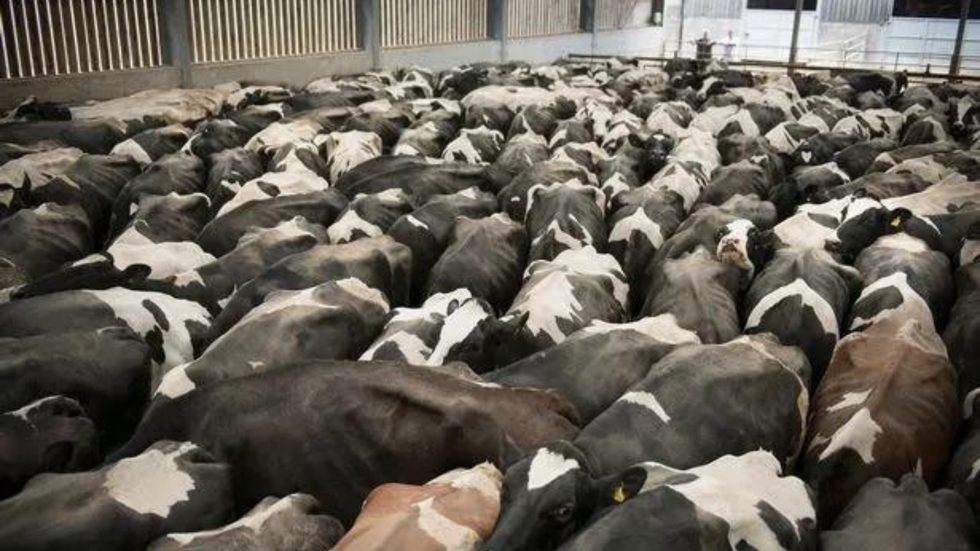A second person in the US has been infected with bird flu after being exposed to dairy cows – prompting calls for health authorities to monitor for the virus “at enhanced levels”.
The patient – an agricultural worker who had experienced regular exposure to infected farm animals – experienced mild symptoms, but has now recovered, according to the Michigan Department of Health and Human Services.
But medical chiefs were quick to reassure the public; Michigan’s chief medical executive Dr Natasha Bagdasarian said: “The current health risk to the general public remains low… We have not seen signs of sustained human-to-human transmission at this point.
“This is exactly how public health is meant to work: in early detection and monitoring of new and emerging illnesses.”
The US Government has reached the final step in developing the jabs before a rollout
Getty
The farm worker had developed conjunctivitis or pinkeye, the Centers for Disease Control and Prevention (CDC) said, adding that samples taken from the person’s eye had tested positive for the flu.
This marks the second case of a person developing pinkeye from a bird flu infection – it was also the only symptom exhibited by a Texas dairy worker diagnosed with the virus in March in the first documented case of the flu spreading from dairy cows to a human.
However, a sample from the worker’s nasal passages came back negative, reassuring officials that airborne transmission was unlikely.
But among animals, the virus has been spreading across the country over the last few months.
MORE LIKE THIS:

The patient is an agricultural worker who had experienced regular exposure to infected farm animals
Getty
Michigan’s Department for Health and Human Services released a statement which read: “The virus has been circulating in dairy and poultry farms across the US this spring, and state and local public health officials have been closely monitoring for human cases, which can occur sporadically in individuals with close contact to ill animals.”
Though some officials warned the negative nasal sample did not rule out more human-to-human transmission.
The CDC’s principal deputy director Dr Nirav Shah said the sample was reassuring, in a sense.
Dr Shah said: “It reduces the likelihood – it does not eliminate, but it reduces the likelihood – of a respiratory route of transmission.
Shah has asked state and local health authorities to continue monitoring for flu “at enhanced levels” throughout the summer, despite the fact the typical flu season was over.
And health departments are confident that a vaccine is nearly there; The Department of Health and Human Services’ preparedness and response assistant secretary Dawn O’Connell said the US Government had reached the final step in developing the jabs before they were ready for a rollout.
O’Connell said authorities had started the “fill and finish” process for almost five million doses of a vaccine which was “well-matched” to the strain of bird flu.
Though she said the process would take a number of months, the Government had pushed ahead with development in order to save time in future were the virus to spread further in humans.
Source Agencies


